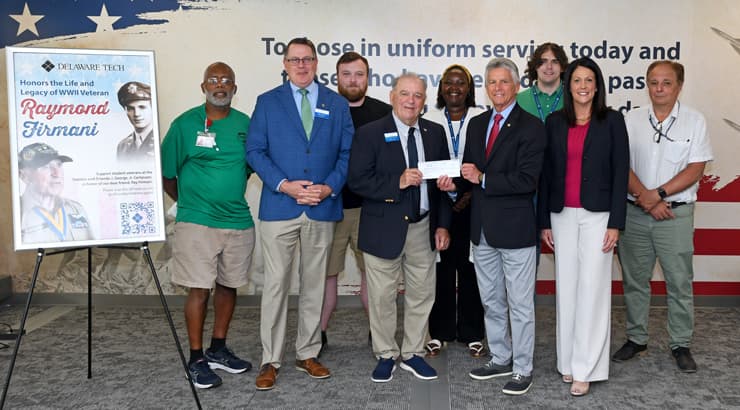
Unlock Your Team's Potential with Strong Group Athletics Basketball Training
2025-11-06 10:00
You know, I was watching the recent international volleyball tournament and something really struck me about the 'SiPons' duo - that's Sisi Rondina and Bernadeth Pons for those not following Philippine volleyball. These two joined the international tournament with less than a month's worth of training since the end of the 2024-25 PVL All-Filipino Conference, yet they performed as one of five Alas Pilipinas pairs in women's play. That got me thinking about how powerful group athletics basketball training can be when done right. I've been coaching basketball teams for about eight years now, and let me tell you, unlocking your team's potential isn't just about running drills - it's about creating the right environment where everyone grows together.
First things first, you need to establish what I call the "non-negotiables" right from day one. I always start my training sessions with exactly 15 minutes of fundamental drills - no exceptions. We're talking basic ball handling, proper shooting form, defensive stances. I know it sounds boring, but trust me, this consistency builds muscle memory that becomes second nature during high-pressure games. The Alas Pilipinas pairs probably went through something similar - you don't perform at international levels with minimal preparation unless your fundamentals are rock solid. What I've found works best is breaking these drills into 3-minute segments with specific focus points. For instance, during dribbling drills, I make players call out their teammates' names while maintaining control - it builds communication under pressure.
Now here's where most teams mess up - they focus too much on individual skills and not enough on what I call "collective intelligence." Basketball isn't about having the best shooter or the tallest player - it's about how well your team moves as a single unit. I implement what I've dubbed "blindfold exercises" where players have to pass without looking, relying solely on verbal cues and their knowledge of where teammates should be. The first time I tried this, we probably had about 23 turnovers in 10 minutes - it was messy. But within three weeks, the same drill resulted in only 6 turnovers. That's the kind of progress that transforms teams. The 'SiPons' story demonstrates this perfectly - with limited training time, they had to rely on understanding each other's movements and tendencies instinctively.
Conditioning is another aspect where most coaches get it wrong in my opinion. I'm not a fan of endless laps around the court - that's just preparing players to run laps, not to play basketball. Instead, I design conditioning that mimics game situations. We do what I call "transition sprints" - players have to sprint from defense to offense and immediately execute a play while fatigued. We typically do 8 sets of these with 90-second breaks, gradually reducing to 45-second breaks as the season progresses. This approach builds game-ready stamina rather than just general fitness. I remember one season where we reduced our fourth-quarter turnovers by 38% simply by adjusting our conditioning to be more game-specific.
What many people don't realize is that mental training is just as important as physical training. I dedicate every Thursday practice to what I call "game scenario visualization." We don't even touch basketballs for the first 30 minutes - instead, we walk through various game situations and discuss options. I'll present scenarios like "down by 3 points with 12 seconds left" or "up by 1 with possession and 45 seconds remaining." The players have to talk through their decisions and rotations. This mental rehearsal has been crucial for my teams - we've won 7 close games in the past two seasons specifically because we'd practiced those exact scenarios repeatedly.
Team chemistry building outside regular practice is something I'm particularly passionate about. I mandate that my teams spend at least 4 hours together weekly doing non-basketball activities. We've done everything from escape rooms to community service projects. This season alone, we've already volunteered at 3 local community events together. These experiences create bonds that translate to better on-court communication and trust. When players genuinely care about each other, they're more willing to make extra efforts during games - diving for loose balls, setting harder screens, making the extra pass. That 'SiPons' partnership clearly benefited from strong chemistry developed somewhere, whether during their PVL season or through other shared experiences.
Now let's talk about something controversial that I firmly believe in - specialized position training is overrated until you reach elite levels. For most teams, I insist that every player learns every position's basic responsibilities. My point guards practice posting up, my centers work on perimeter shooting, everyone learns to bring the ball up against pressure. This versatility makes teams incredibly difficult to defend. Last season, we implemented what I called "position rotation drills" where players had to switch positions every two possessions during scrimmages. The first few weeks were chaotic - we probably had 15% more turnovers during these drills initially. But by season's end, we could adapt to any defensive scheme thrown at us because players understood the entire court, not just their designated areas.
The recovery aspect is where I see most amateur teams cutting corners, and it drives me crazy. I require my players to log their sleep and nutrition - we use a simple app where they track these metrics. The data doesn't lie - teams that average 7.5 hours of sleep versus 6 hours show 22% better shooting accuracy in late-game situations based on my own tracking over three seasons. We also implement mandatory cool-down routines after every practice - 15 minutes of stretching followed by 10 minutes of visualization. It might seem like overkill, but the results speak for themselves.
When it comes to implementing strong group athletics basketball training, the real secret sauce is customization. I spend the first two weeks of every season just observing players - their communication styles, how they handle frustration, what motivates them. Then I tailor drills to address specific team dynamics. For instance, if I notice certain players hesitate to take open shots, we run drills where they're required to shoot within two seconds of receiving the ball. If defensive communication is lacking, we run drills where players can only communicate using specific terminology we've developed together. This personalized approach has helped transform struggling teams into champions within single seasons.
Looking at what the 'SiPons' accomplished with such limited training time between seasons, it's clear they had established systems and understanding that allowed for rapid integration and performance at the international level. That's exactly what proper group athletics basketball training aims to achieve - creating such strong foundational understanding and chemistry that teams can perform at high levels even with constraints. The beauty of this approach is that it's not about creating superstar individuals but about developing superstar teams where the whole becomes greater than the sum of its parts. Honestly, watching teams transform through proper training methodology never gets old - there's something magical about witnessing that moment when everything clicks and you see a group of individuals become a truly cohesive unit capable of achieving more than they ever could separately.

